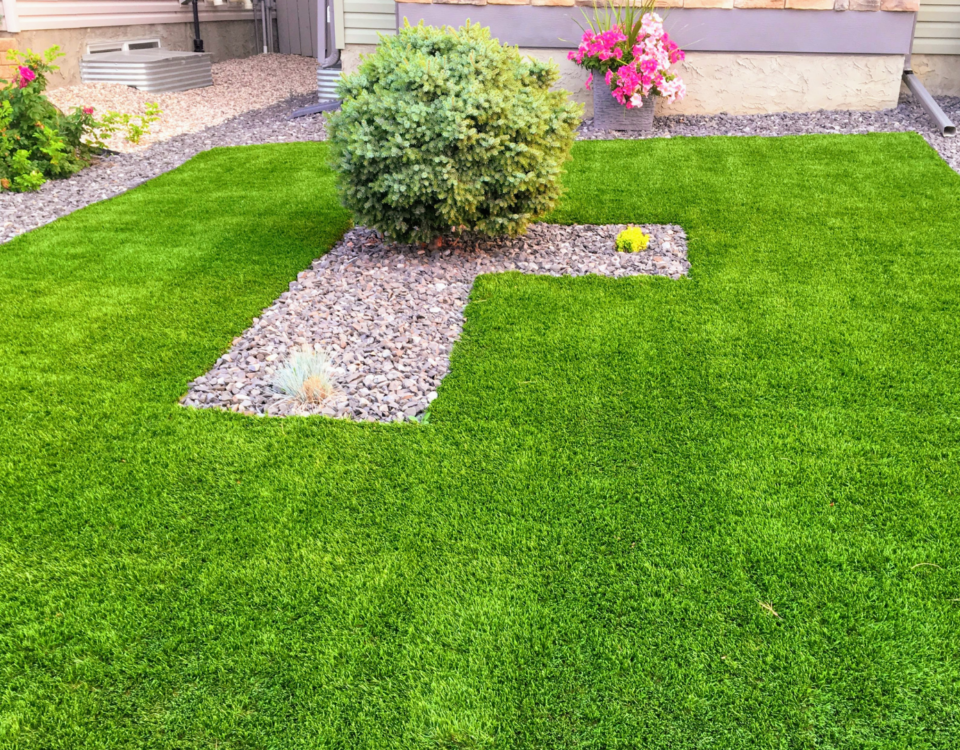
Advantages of Artificial Turf
March 10, 2023
Is Artificial Grass a Sustainable Landscaping Solution?
March 14, 2023If you’re a homeowner who’s considering replacing their lawn with artificial turf, there are several things you should know about how to care for your new purchase. By taking these simple steps, you can ensure that your synthetic grass remains in great condition year-round!
Remove Debris From Your Lawn
Over time, your synthetic grass lawn may collect organic debris such as leaves and twigs. This debris can cause damage to your lawn’s drainage system and encourage weed growth. Use a brush or leaf blower to remove this debris as soon as possible.
Maintain Upright Artificial Grass Blades
Overtime, your artificial grass blades can become flattened. This can occur in high-traffic areas or in areas where pets roll and play. Cross-brushing your artificial turf every month or so will help to fluff up the blades, which will restore their natural upright position. The process also helps redistribute sand infill, which is important for supporting the blades.
Avoid Spilling Wine, Food, or Paint on Your Artificial Grass
Though your artificial grass is stain-resistant, it’s still important to clean up any spilled liquids immediately. This prevents the liquid from setting into the fibers and causing nasty permanent stains. Wipe the area with a cloth or dry absorbent and rinse with water.
Keep Your Pet’s Waste Off the Lawn
Although your artificial grass is safe for pets, they can do a lot of mischief in your yard. If your pet’s waste is not removed right away, it can leave an unpleasant odor on the surface of the grass. This is why it’s important to pick up pet waste and hose it off after pickup.
Make Sure Your Artificial Grass Is Properly Secured
Even with the best materials, your artificial lawn can be damaged by heavy furniture. It’s especially important to make sure your artificial lawn is properly secured to the base if you have children playing on it or pets running around.
Protect Your Synthetic Grass From Fire and Hot Items
Smoke, BBQ ashes, and cigarettes can all cause melting on your synthetic lawn. It is best to avoid these types of items as much as possible, but if they must be used in your yard, move them around frequently to keep them from sitting on the lawn and potentially affecting the integrity of the grass.
Ensure Your Artificial Grass Is Free of Weeds and Moss
While the membrane backing of your artificial lawn minimises the chances of weeds growing through normal grass patches, it is not impervious to them. Inspect your lawn regularly for any weeds that appear and treat them with a pre-emergent weed killer.
Be Wary of Coloured Spots On Your Lawn
If you see any coloured spots on your artificial lawn, this is likely the result of mould forming. Mould can be treated with hydrogen peroxide and should be cleaned up immediately to prevent chemical damage.
Wash the Area With Stain-Resistant Soap and Water
Your artificial grass is highly resistant to stains, but sometimes they can still happen. For stubborn stains, it’s best to try a combination of household cleaning solvents and water before trying a more aggressive solution.




